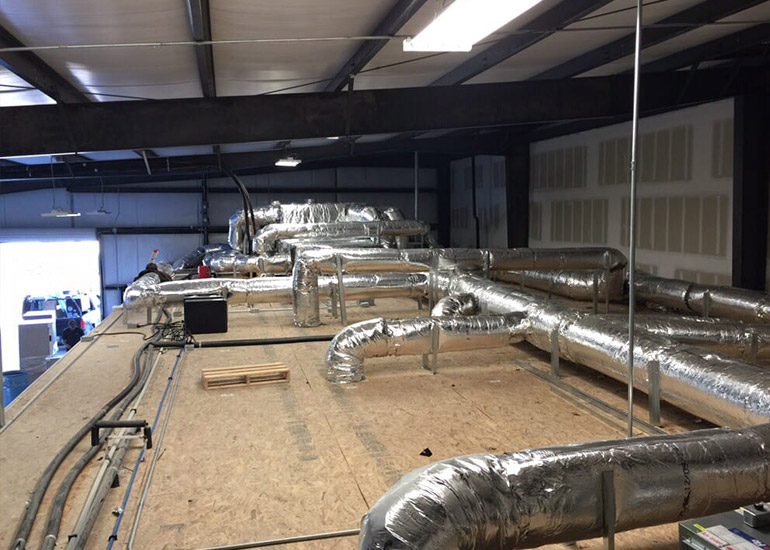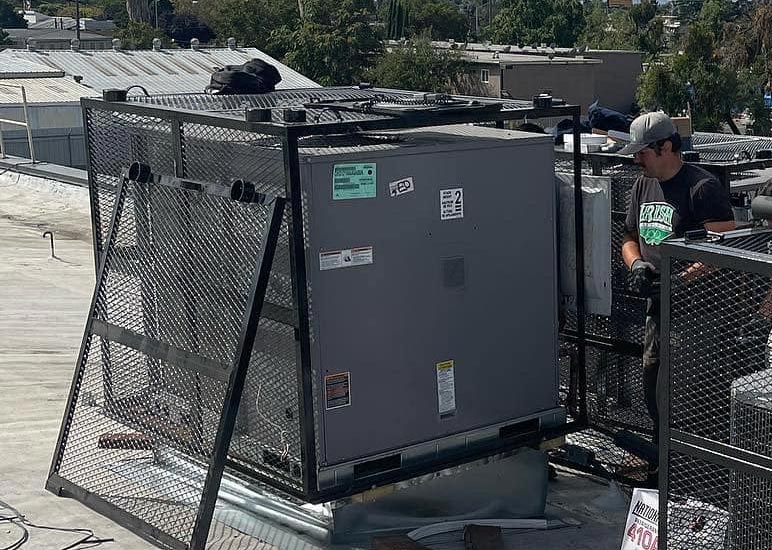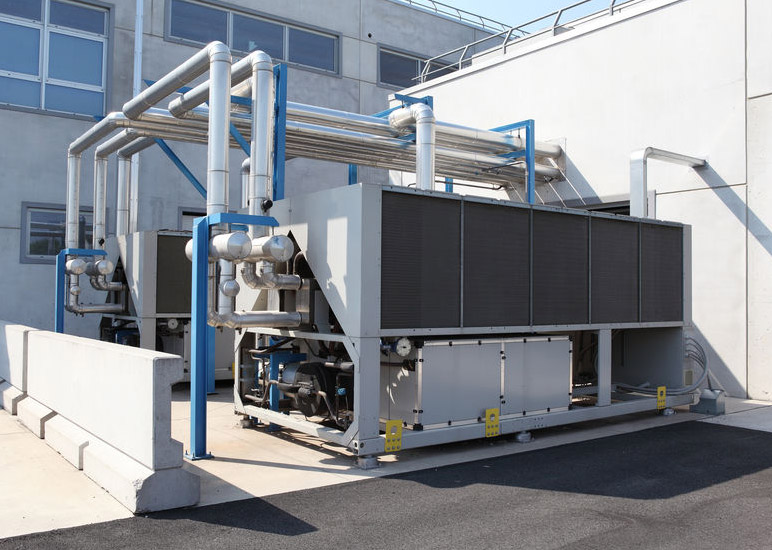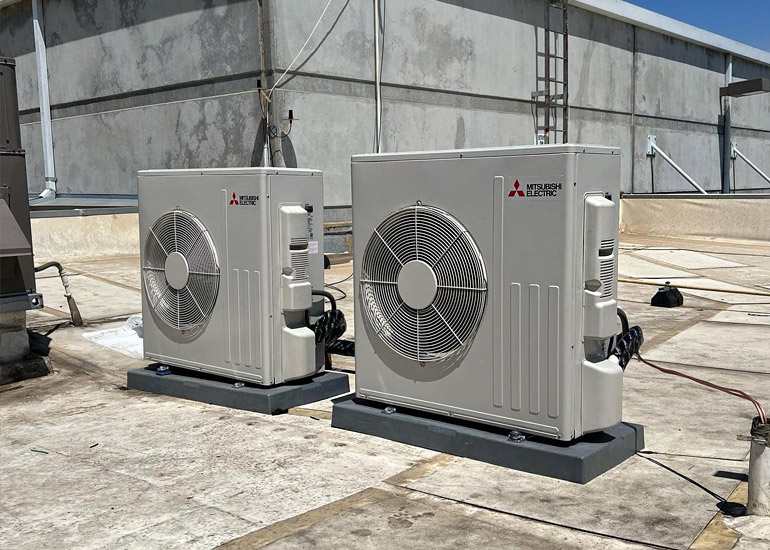 Failing to optimize energy usage in your commercial building could mean that you spend a lot more money than you need to on its utilities. Minimizing your commercial building’s energy usage may be simpler than you think, and it may also save you more money than you think. According to Energy Star, 30% or more of the energy used in the average commercial building is going to waste due to inefficiencies.
Failing to optimize energy usage in your commercial building could mean that you spend a lot more money than you need to on its utilities. Minimizing your commercial building’s energy usage may be simpler than you think, and it may also save you more money than you think. According to Energy Star, 30% or more of the energy used in the average commercial building is going to waste due to inefficiencies.
1. Repair Insulation
Insulation is out of sight, so we normally assume it is in the same condition that it was when we installed it. However, insulation can be impacted by leaks or physical damage and stop doing its job. Plus, if your original installation left gaps and leaks or neglected some kind of insulation you could benefit from (like pipe insulation or roof insulation), you could be wasting a great deal of energy. There are newer, thinner insulation options like rigid foam board that can provide more insulation without taking up more room.
You can have professionals look into the current condition of your insulation. You could direct them to areas you suspect there could be issues, like where there was a leak or water damage. On the roof, stretched with standing water can compress and ruin the insulation beneath them. Upgrading all of your insulation is a bigger undertaking but can be very worthwhile if your insulation is particularly old or performing poorly.
2. Replace Doors and Windows
The roof, windows and doors are in the position to let out a ton of conditioned air and undermine your energy efficiency unless you keep them in good condition. Sometimes changing the weather stripping or caulking on them is not enough. Newer windows and doors made of more insulative materials can offer your building more energy efficiency. It’s also important to use door closers or automatic doors to be sure tenants, customers and guests do not leave them open.
3. Improve Your Lighting
Lighting can be a significant drain on a building’s energy usage. More efficient lighting types also tend to provide more comfortable light that makes less of a negative impact on people’s mood. LED lighting uses about half the energy of fluorescent lighting. It also needs to be changed out much less often, saving your staff time and energy as well the cost of the replacement rods. You could also consider investing in technology that turns off the lights automatically across the building if it is safe to do so in your specific property.
4. Repair or Upgrade Your HVAC
Depending on the age and condition of your HVAC system, there may be a wide variety of inefficiencies. Any damaged or poorly installed or designed components will certainly eat up more energy than they need to deliver results. But you may want to assess if repairs or replacements are better. Newer heating and cooling technologies have significantly reduced the amount of energy you need to use to get your property to temperature, and the savings can be huge across a large commercial building.





